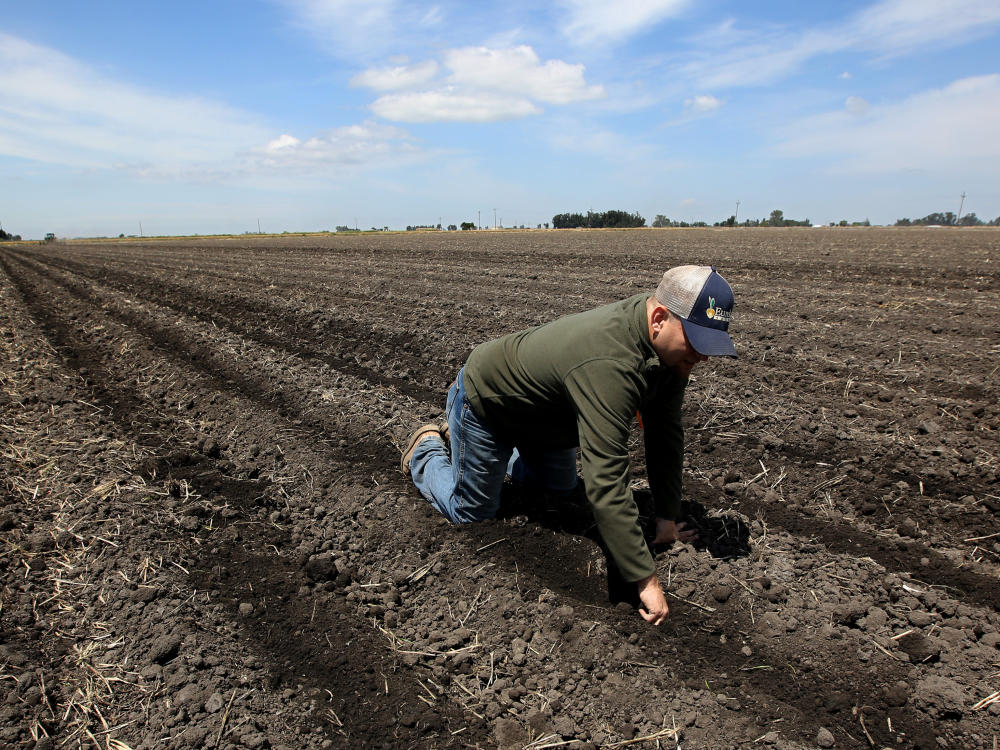This year’s El Niño is shaping up to be a whopper — potentially surpassing the one in 1997, which was the strongest on record, the National Weather Service says.
That could be good news for drought-stricken California, but not-so-good for places such as the Philippines and Indonesia, which typically experience below-normal rainfall or drought conditions during El Niños.
NWS’ Climate Prediction Center said today that all of its computer models are now predicting a strong El Niño, or warming in the Pacific, that will peak in the late fall or early winter. The announcement confirms signs that have been around for weeks telegraphing that this El Niño Southern Oscillation (ENSO), as it is officially known, would be a particularly strong one.
“This definitely has the potential of being the Godzilla El Niño,” Bill Patzert, a climatologist with NASA’s Jet Propulsion Laboratory in La Cañada Flintridge, says, adding that the signal from the Pacific Ocean “right now is stronger than it was in 1997,” the year of the most powerful El Niño on record.
Climatologists say there’s a greater than 90 percent chance that El Niño will continue through the Northern Hemisphere winter 2015-16 and around an 85 percent chance it will last into early spring 2016.
“If this lines up to its potential, this thing can bring a lot of floods, mudslides and mayhem,” he said.
El Niño is marked by a 1.5 degree Celsius or greater temperature rise in the equatorial Pacific Ocean, which causes a stalling of trade winds and a shifting of a subtropical jet stream “that normally pours rain over jungles of southern Mexico and Central America toward California and the southern United States,” according to The Los Angeles Times.
El Niño brings drier weather to the western Pacific. It also tends to suppress hurricane formation in the Atlantic and increase it in the eastern and central Pacific.
According to Mike Halpert, deputy director of the Climate Prediction Center in College Park, Md., peak anomalies in the Pacific could exceed 2 degrees Celsius this year.
“It looks like it will be one of the three or four strongest events on record. Whether it matters if it’s 1, 2, 3 or 4 is debatable,” he was quoted by The San Diego Union Tribune as saying.
The Tribune reports: “Some climate models show that anomalies in the equatorial Pacific’s surface temperatures will rise above 3 degrees Celsius during the coming winter. If that plays out, it would be an unprecedented phenomenon.”
The L.A. Times writes:
“Already, El Niño is being blamed for drought conditions in parts of the Philippines, Indonesia and Australia, as occurred in 1997-98.
“Drought is also persistent in Central America. Water levels are now so low in the waterways that make up the Panama Canal that officials recently announced limits on traffic through the passageway that links the Atlantic and Pacific oceans.
“El Niño also influenced the heavy rainstorms that effectively ended drought conditions in Colorado, Texas and Oklahoma.”
9(MDA3MTA1NDEyMDEyOTkyNTU3NzQ2ZGYwZg004))
